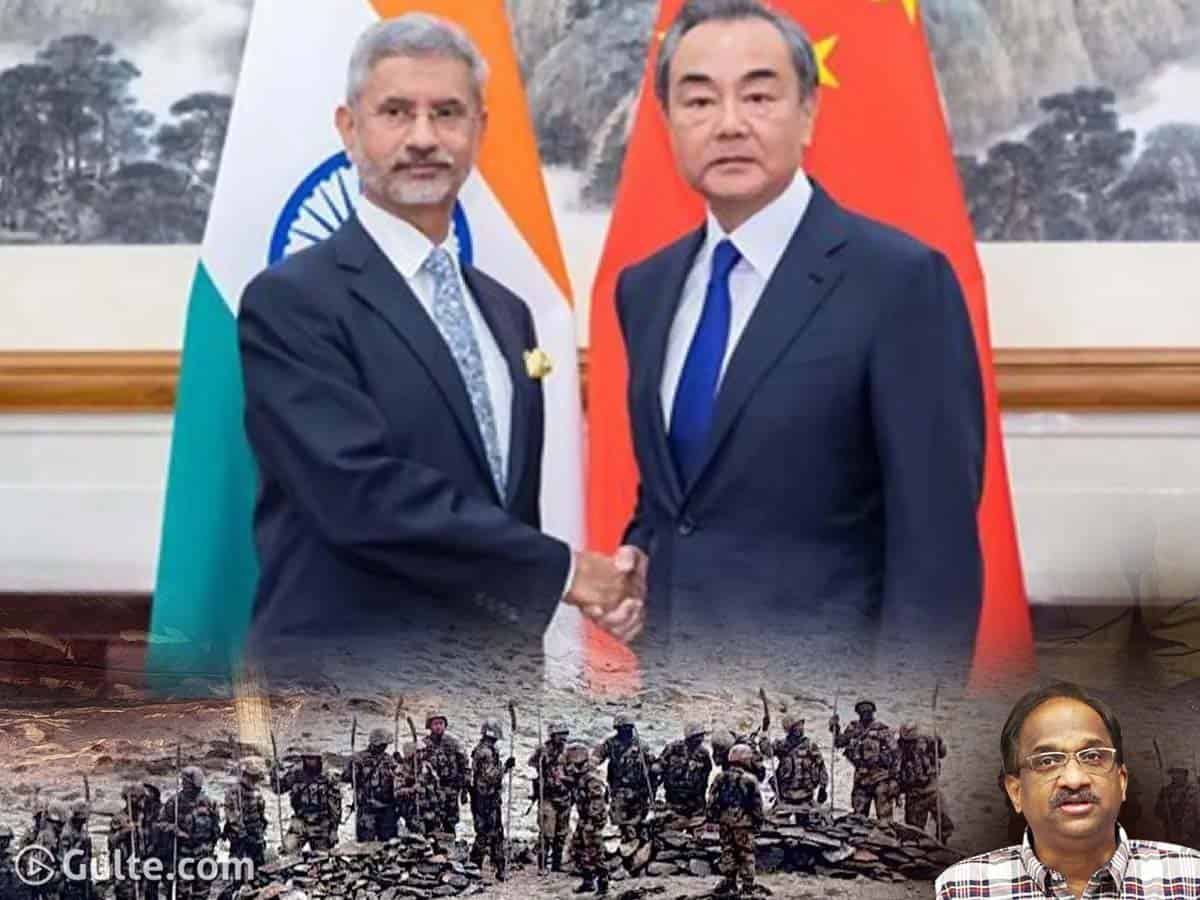On the sidelines of the SCO meet, India and China adopted a five-point principle agreement to deescalate tension on the border. After weeks of rising tensions resulting in mutual accusations, both the Asian powers agreeing on a broad framework to restore peace on the sensitive border is a welcome development. The two nations cannot go to war.
Both the countries publicly stated that the diplomatic solution is the only option. However, persistent animosity on the border can result in uncontrolled events. The tragic events in the Galwan valley is an illustration of how things can go out of control if such antagonistic postures are allowed to persist for a longer period of time.
Reiterating the time tested position, both nations agreed to ensure that the differences will not escalate to the level of disputes. This is the first principle of the new framework agreed upon by the two foreign ministers in Moscow. Asserting that the dialogue is the only way out to ease the tensions, both the countries decided to disengage the troops and maintain a distance from each other to avoid a possible face-off.
The two nations expressed their renewed commitment to all the earlier agreements and declared their profound intention to establish peace and tranquility on the border and avoid any action that would aggravate the situation.
There are already established mechanisms for bilateral relations aimed at maintaining peace on the border. Both India and China agreed to continue a dialogue between special envoys and mutual consultation and coordination.
Finally, India and China decided to put in place new Confidence Building Measures (CBMs) so that those recent unfortunate incidents are not repeated.
The understanding reached at the foreign ministers meet comes after several rounds of military-level negotiations failing to restore durable peace. Thus, the political dimension of this framework is noteworthy.
However, the difficulty lies in translating these solemn commitments into action on the ground. China has repeatedly been trying to redefine the Line of Actual Control (LAC) to its advantage. However, Beijing has been dismissing India’s contention and was making counter-allegations. Such a mistrust puts the framework in a tight spot. Both the nations have to at least clearly delineate the LAC pending the resolution of the border dispute. Strict adherence to clearly demarcated LAC can give reasonable assurance to the peace and tranquility on the border.
By — Prof K Nageshwar
For Prof K Nageshwar’s views please subscribe to
Telugu Videos:
English Videos:
Tags India
 Gulte Movie News And Politics
Gulte Movie News And Politics


















